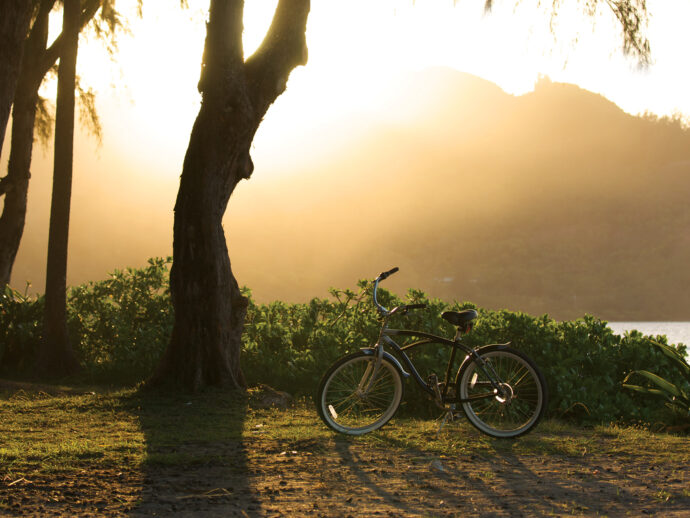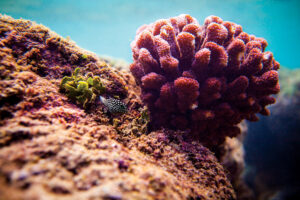
You’re heading out—but did you remember your sunscreen? And did you remember to check the label on that sunscreen? Turns out a common sunscreen ingredient has been implicated in the destruction of coral reefs around the world.
As you’re gearing up for your ride, you’ll be sure to slather on your sunscreen, right? Protecting ourselves from the sun’s damaging rays is as important as protecting our noggins from the damaging effects of a fall from the saddle. But did you know that the kind of sunscreen you use can also have damaging effects on our environment?
Narrowing down the culprit
There is growing concern that our sunscreens may be contributing to the destruction of coral reefs around the world. Oxybenzone, an ingredient in sunscreen that blocks ultraviolet rays, is one factor linked to their destruction, says a study published in the journal Archives of Environmental Contamination and Toxicology.
Even a very small amount can damage DNA in mature and larval coral organisms and threaten or even kill coral reefs. Oxybenzone is categorized as a photo-toxicant, meaning it becomes more harmful in bright light, typical of tropical environments. The chemical also speeds up coral bleaching, a process that happens when corals reject miniscule algae living in their tissues that give them their vibrant colour, leaving them white instead.
How big a problem is it?
Almost 6,000 tons of sunscreen bombard coral reefs each year, according to the US National Park Service. Omri Bronstein, a researcher at Tel Aviv University and study author, says that it only takes a concentration of 62 parts per trillion, or the equivalent of one drop of water in six and a half Olympic-size swimming pools for enough toxicity to occur to cause damage to fragile coral reefs. And, approximately 25 percent of the sunscreen you apply is washed off 20 minutes after you get into the water.
It’s important to note that swimming in the ocean isn’t the only way chemicals can infiltrate waterways. The waste water from bathroom showers eventually makes its way into the world’s oceans, making the results that much more detrimental.
An easy solution
When it comes to finding a way to protect our skin from both the sun’s harmful rays and protect fragile ocean life, the answer’s simple: switch to a mineral sunscreen containing zinc oxide or titanium dioxide.
Norah Covington, CEO and founder of a natural skin care company, says these ingredients both mirror and reflect rays away from the skin and are environmentally friendly. Long-sleeve shirts, rash guards, and scuba suits are also good alternatives to protect against the sun’s ultraviolet rays. And using sunscreen only on neck, face, feet, and backs of your hands can cut sunscreen levels in ocean water by up to 90 percent.
 Hawaii legislation to protect coral reefs
Hawaii legislation to protect coral reefs
In an effort to stop the destruction of Hawaii’s famous coral reefs, state senator Will Espero introduced a bill that would ban sunscreens (other than prescription) containing oxybenzone and octinoxate. The ban would ensure that existing coral reefs important to the state’s tourism industry would stay intact. The bill passed the Hawaiian Senate and moved on to the House of Representatives. The final hurdle is the Governor’s office; if approved, the law will set a precedent for coral reef preservation all over the world.



































